Longines
Longines’ Legacy of High Precision Chronometry
His brainchild incorporated the latest construction and crafting machinery, along with hydro-electric turbines, which made Longines one of the first Swiss watch brands to mechanize the production of watches. Incidentally, Longines also has the oldest trademark that is still valid today. The Longines brand name was filed in 1880, and the winged hourglass logo was registered in 1889. In fact, the winged hourglass logo has been used by Francillon and his watchmakers since 1867.
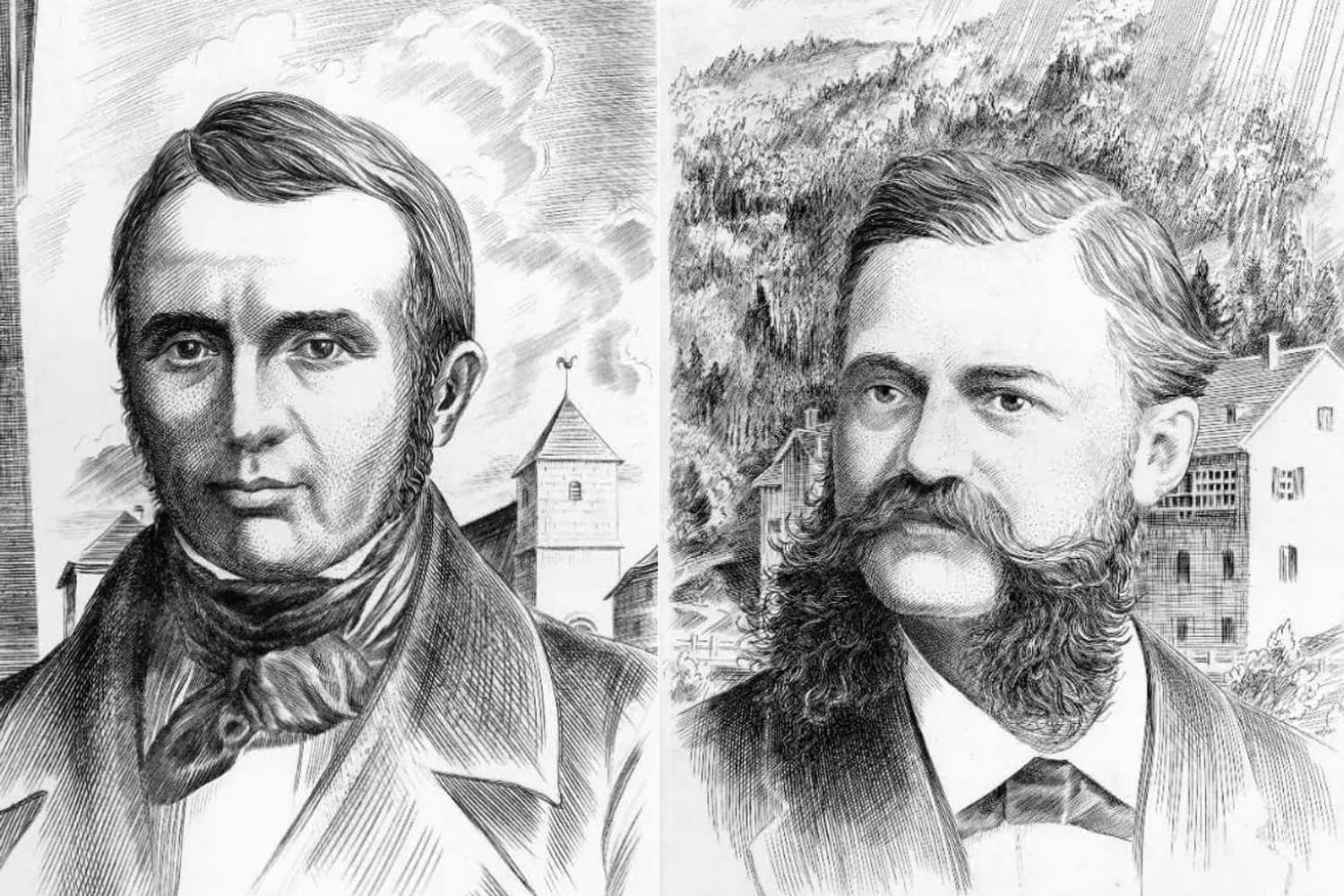
Auguste Agassiz (left) and Ernest Francillon (right), the founding fathers of Longines (Image: Longines)
A History of High Accuracy
Today, Longines is known for its high precision chronographs, chronometers and high beat wristwatches. This began in 1878 with Longines’ first chronograph pocket watch, the 20H caliber. Soon after, Longines produced one of the world’s first wrist chronographs, the caliber 19.73N, in 1911 and the brand’s first compact chrono-caliber, the 13.33Z, which was unveiled in 1913 and would become a blueprint for modern chronographs.
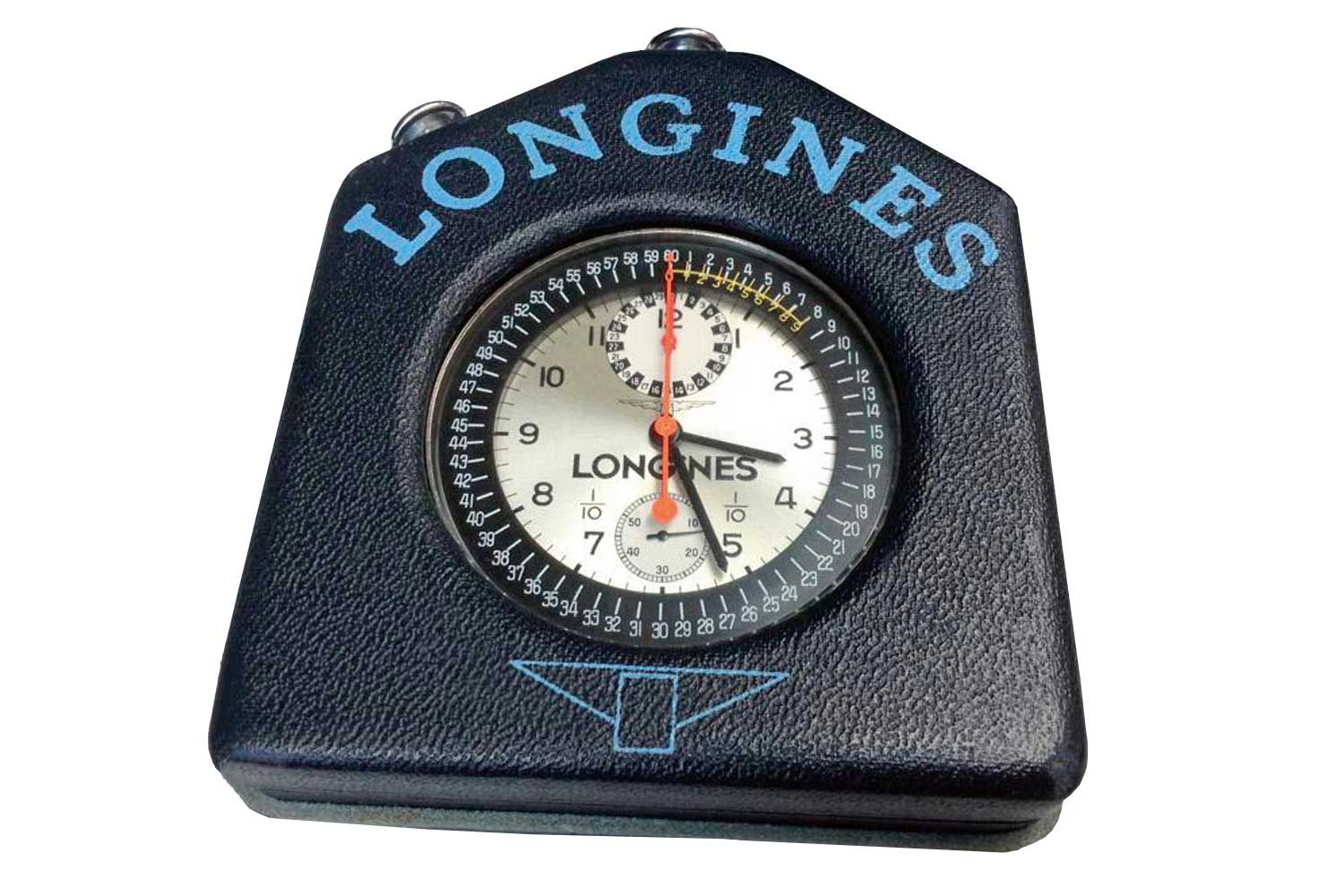
1914: Stopwatch with 5 HZ high- frequency movement and split-second hand (Caliber 19.73N)
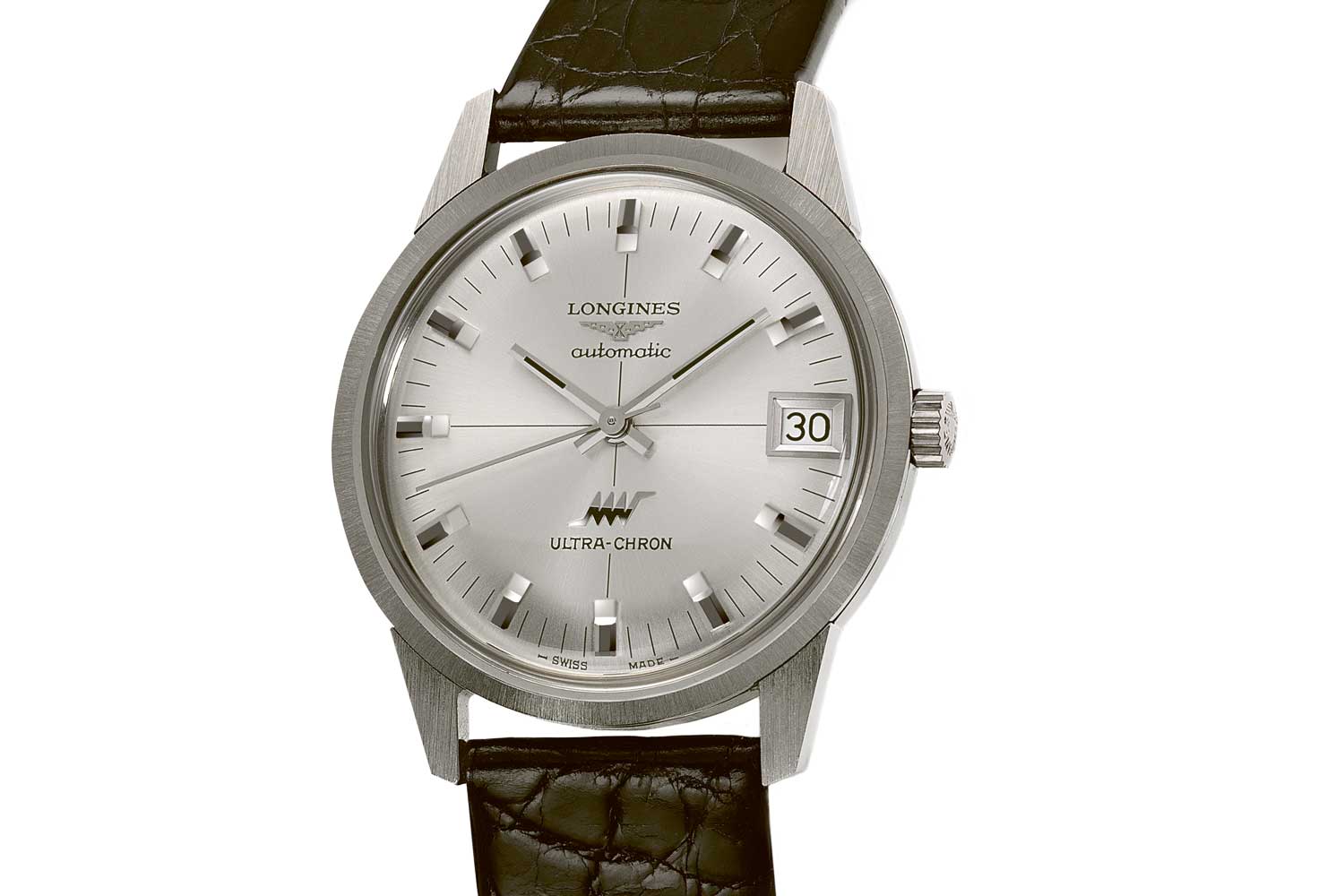
Longines Ultra-Chron (1966), the accurate high-beat wristwatch with Cal. 431
A Champion of Multiple Sports
What sports do you have in mind when thinking of Longines? Horse riding? Besides equestrian sport, Longines has also been the official timekeeper of many sports including skiing, cycling, Formula 1 and track and field, where even the smallest fraction of time matters. To this end, Longines developed devices that can measure up to a tenth (in 1914), a hundredth (in 1916) and even millionth of a second (2010).
In 1912, Longines developed the first system of electromechanical sports timing, which was introduced at the Federal Gymnastics Festival in Basel that same year. This system used wires that would start or stop a watch when a runner’s body crosses a wire. Longines would go on to develop an improved version of this finish line technology: the photoelectric cell-based light beam barrier device in 1945 and the Quartz-based Chronocamera in 1949. The 1950 World Alpine Ski Championships in Aspen did away with stopwatches and relied solely on Longines’ electromechanical gates, technologically superior systems that recorded start and finish times according to the action of each competitor.
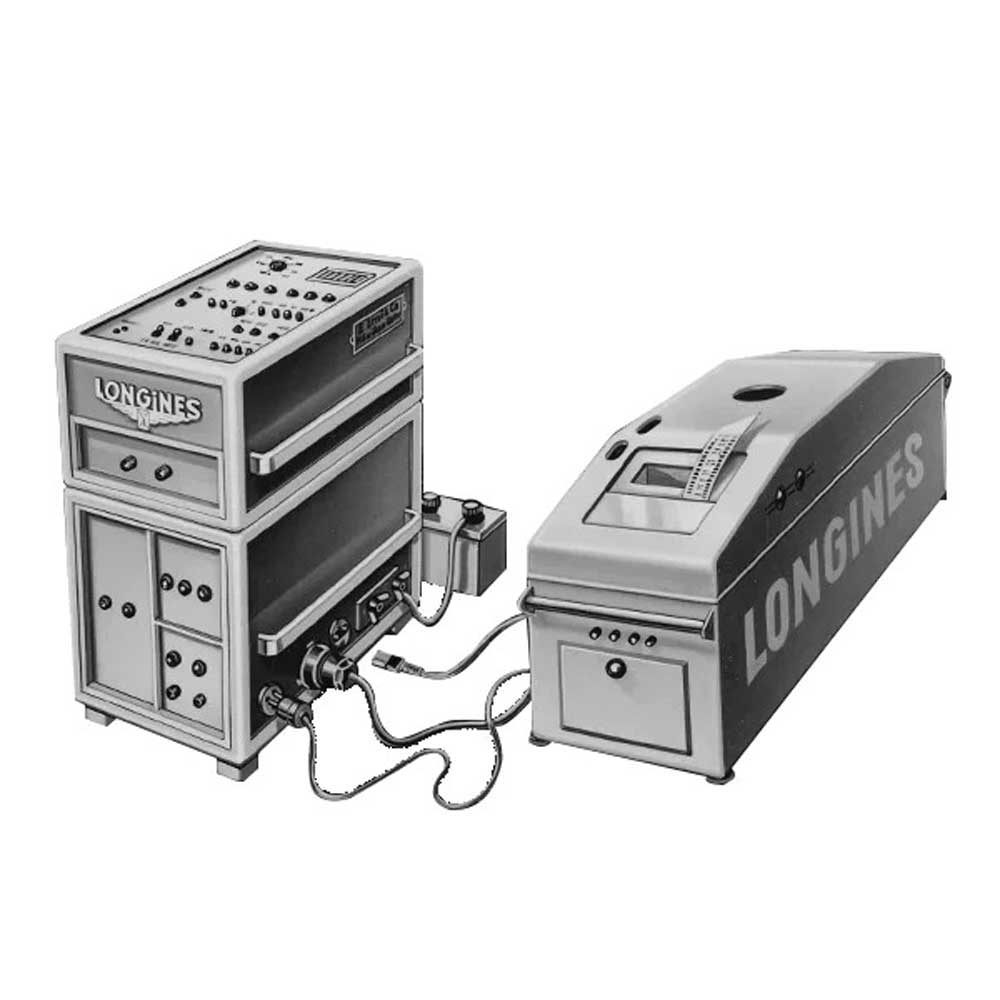
Longines introduces the Chronocamera in 1949 (Image: Longines)
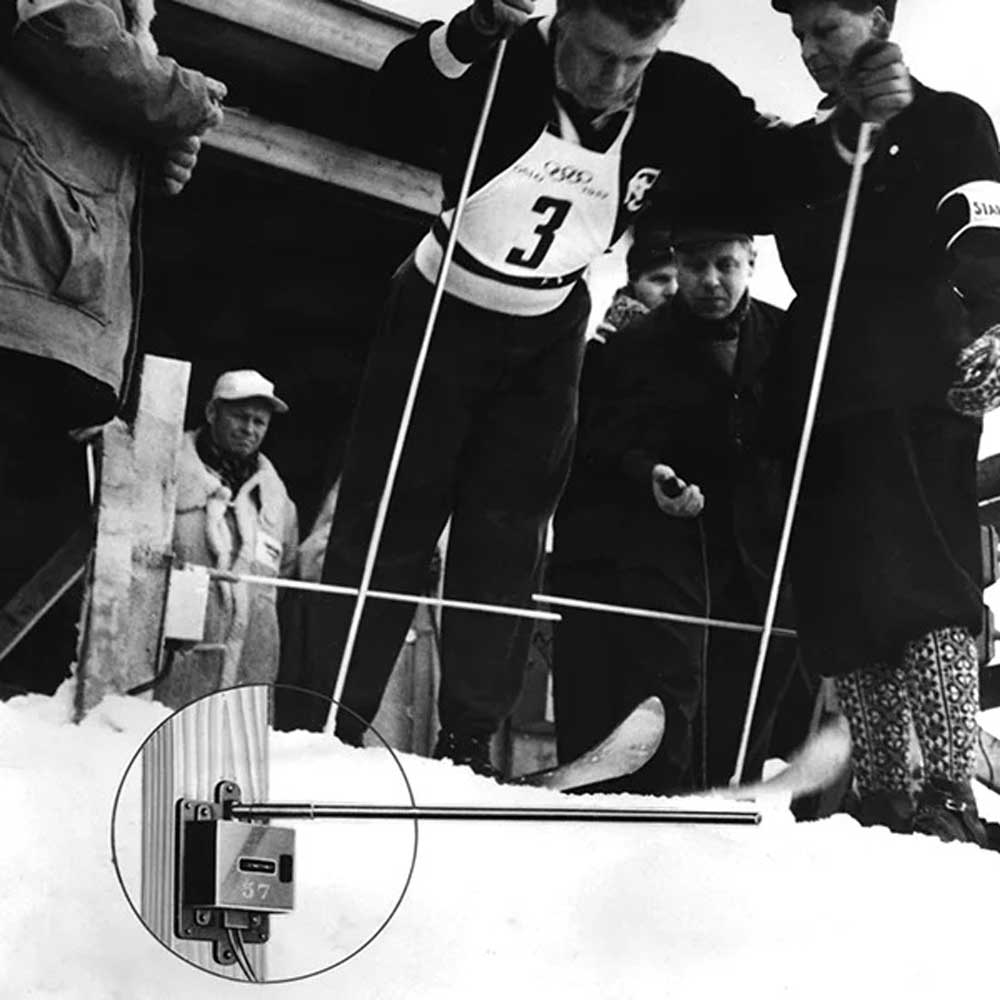
Longines uses new electromechanical gates during the 1950 World Alpine Ski Championships in Aspen (Image: Longines)
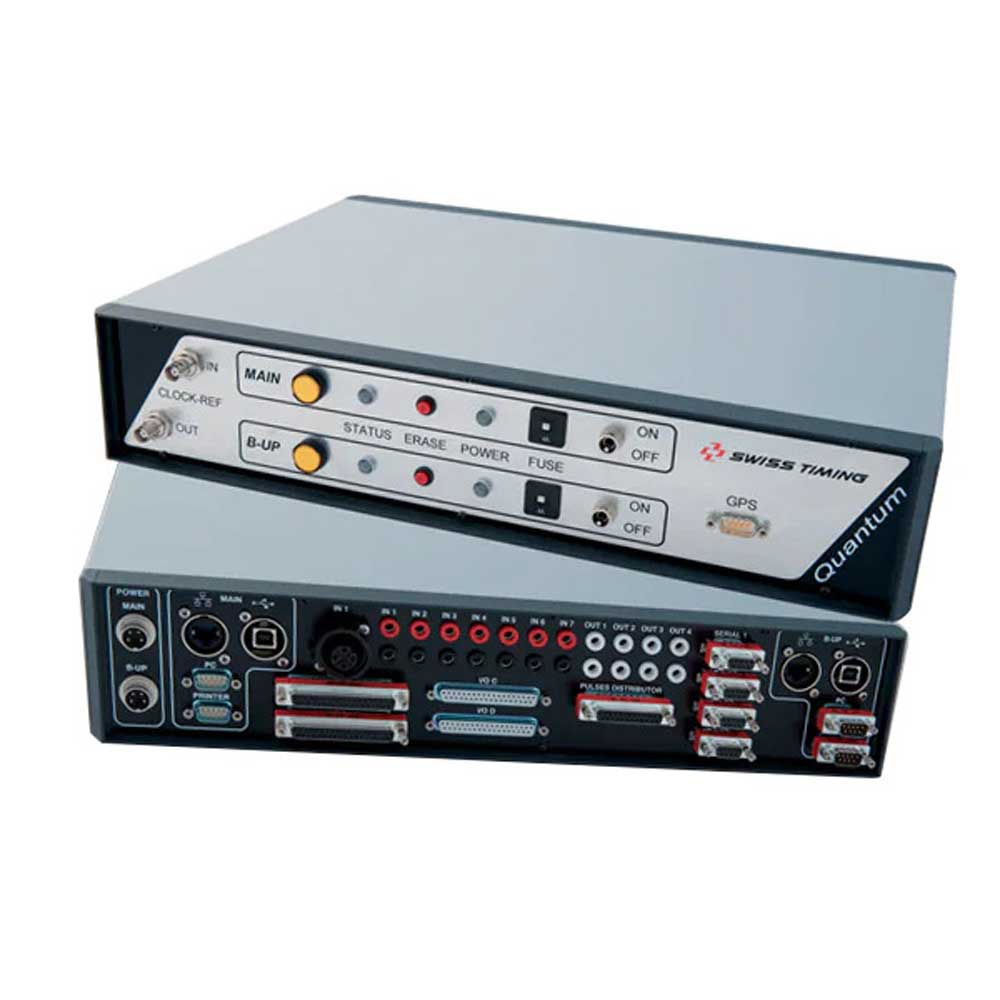
Longines Quantum Timer with a high precision of a millionth of a second (Image: Longines)
Longines Master Collection 190th Anniversary
In celebration of its rich watchmaking heritage, Longines has released a special trio. These three Longines Master Collection 190th Anniversary in 40mm come in steel, yellow gold and rose gold. The steel version is priced at USD 2,400 and has blued hands set against a sandblasted silver dial, with engraved Arabic numerals for the hours.
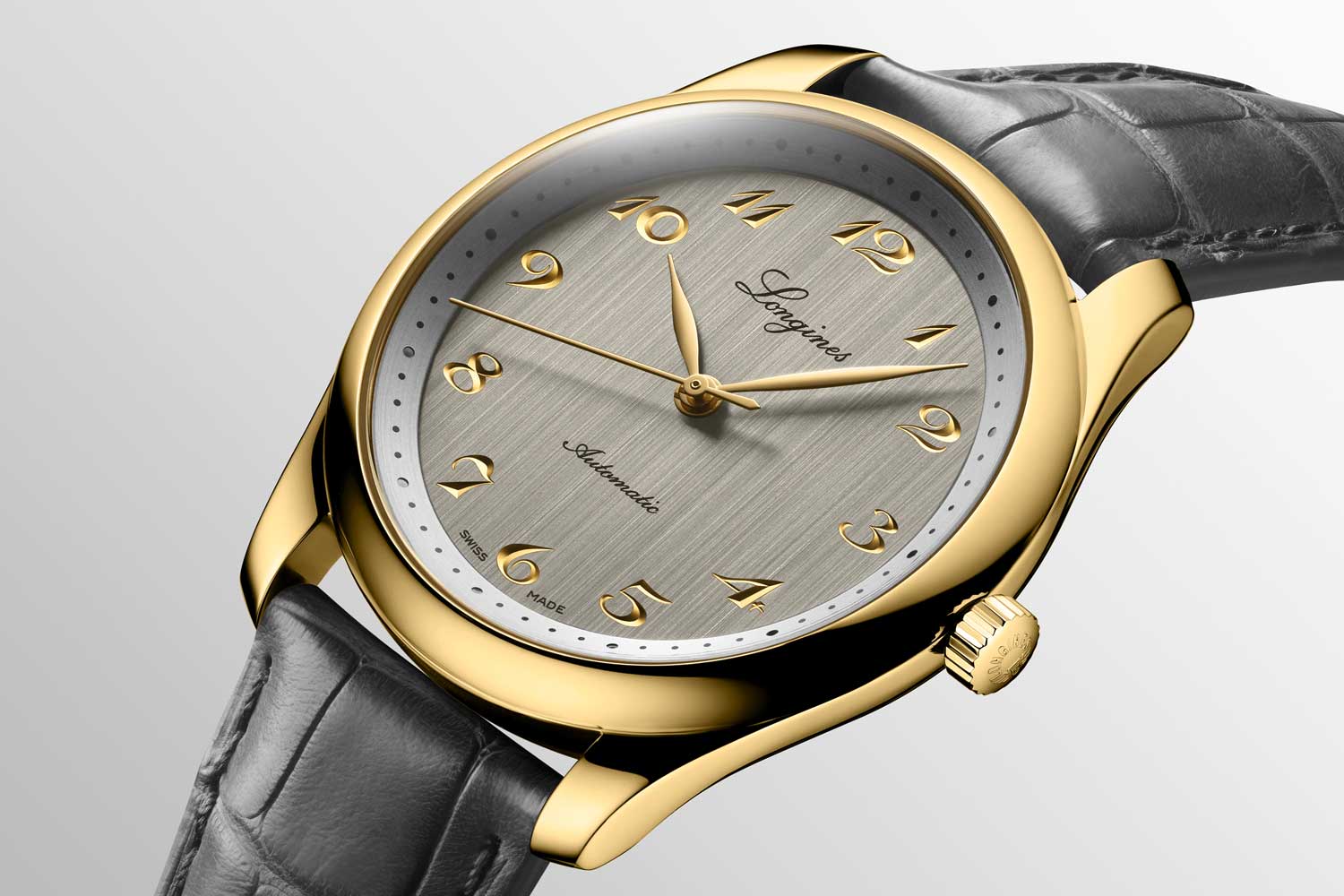
Longines Master Collection 190th Anniversary in yellow gold, ref. L2.793.6.73.2
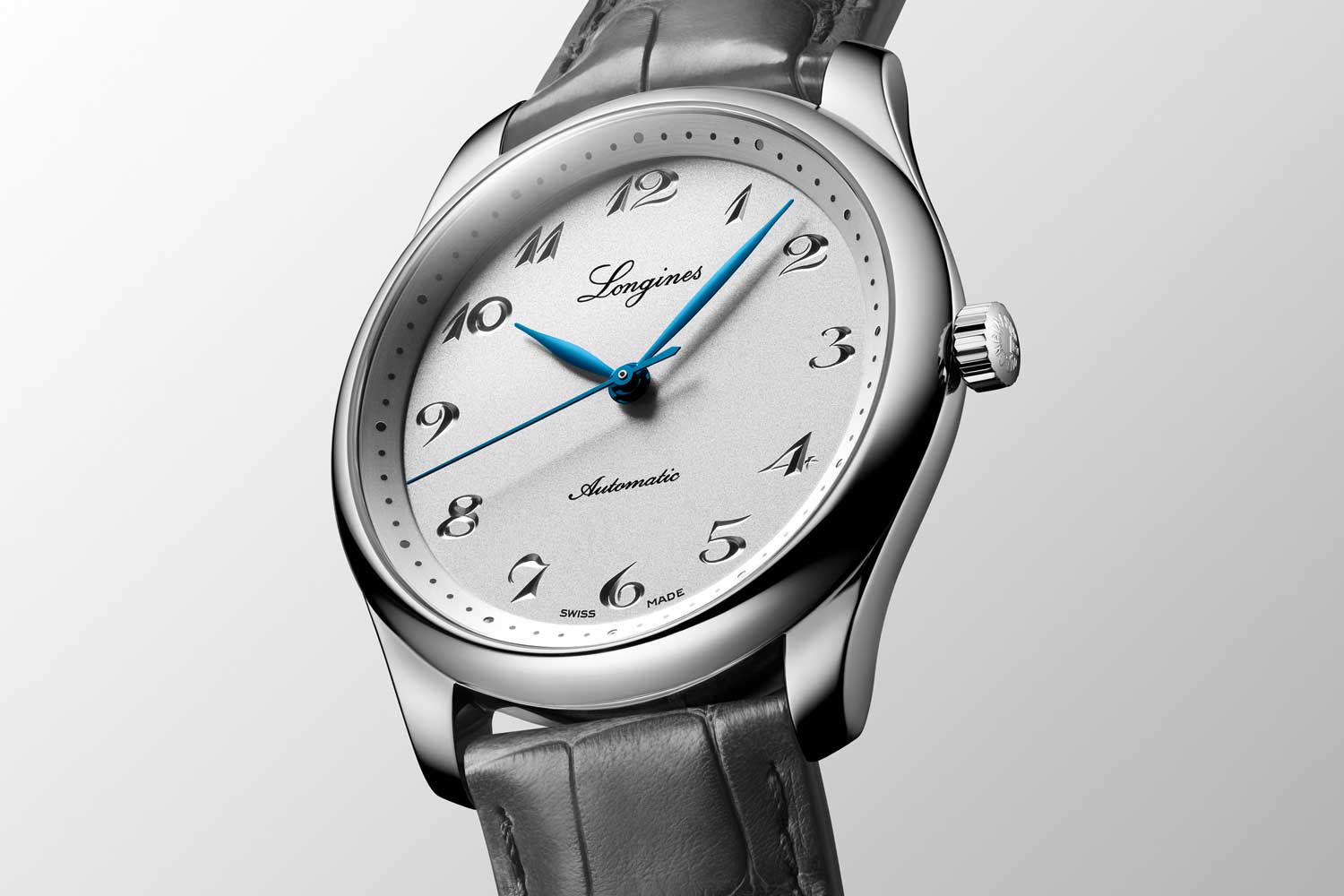
Longines Master Collection 190th Anniversary in stainless steel, ref. L2.793.4.73.2
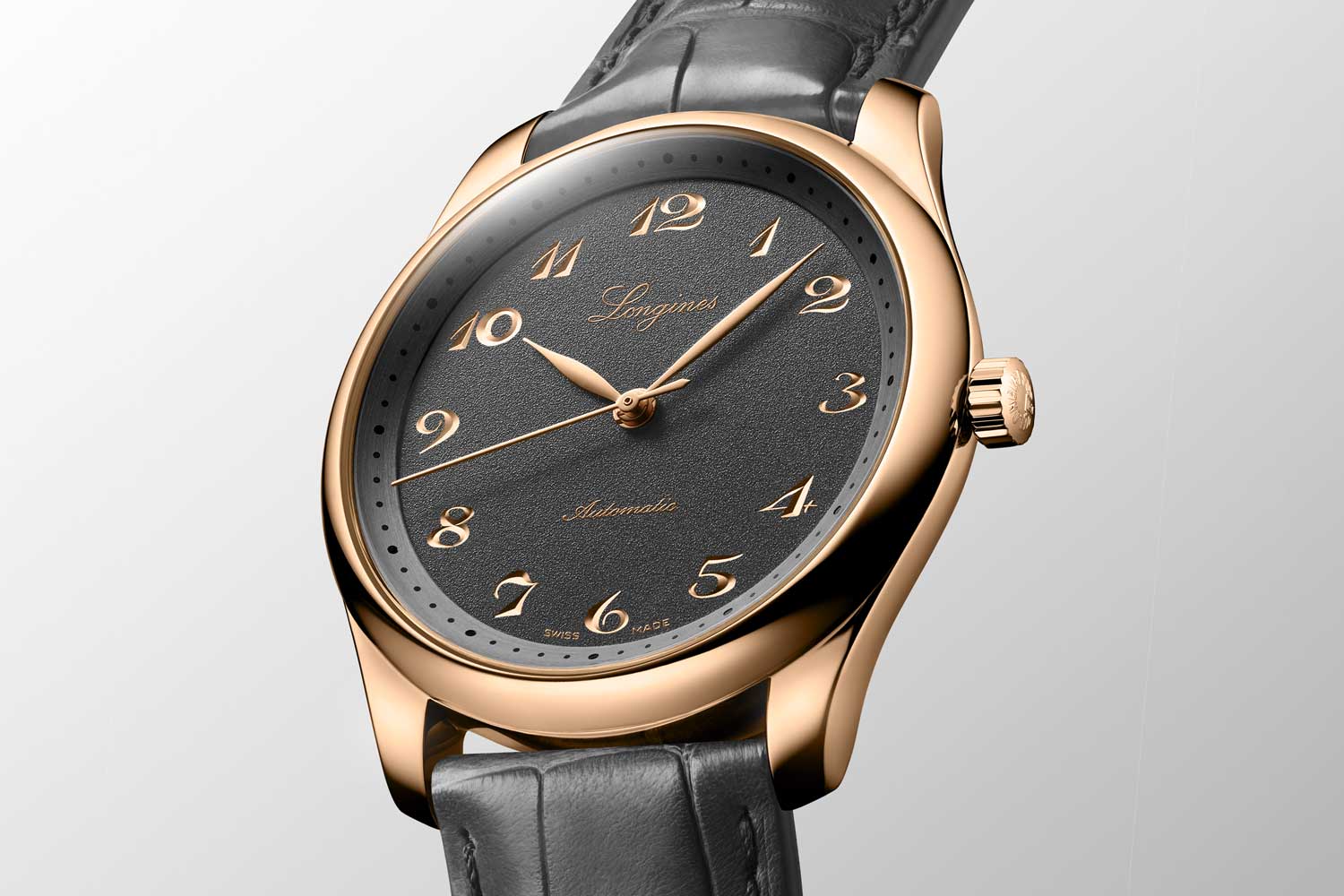
Longines Master Collection 190th Anniversary in rose gold, ref. L2.793.8.73.2
These anniversary special editions are driven by the self-winding caliber L888.5, which features a silicon hairspring — a horological innovation that is resistant to corrosion and temperature variations, and is unaffected by magnetic fields.
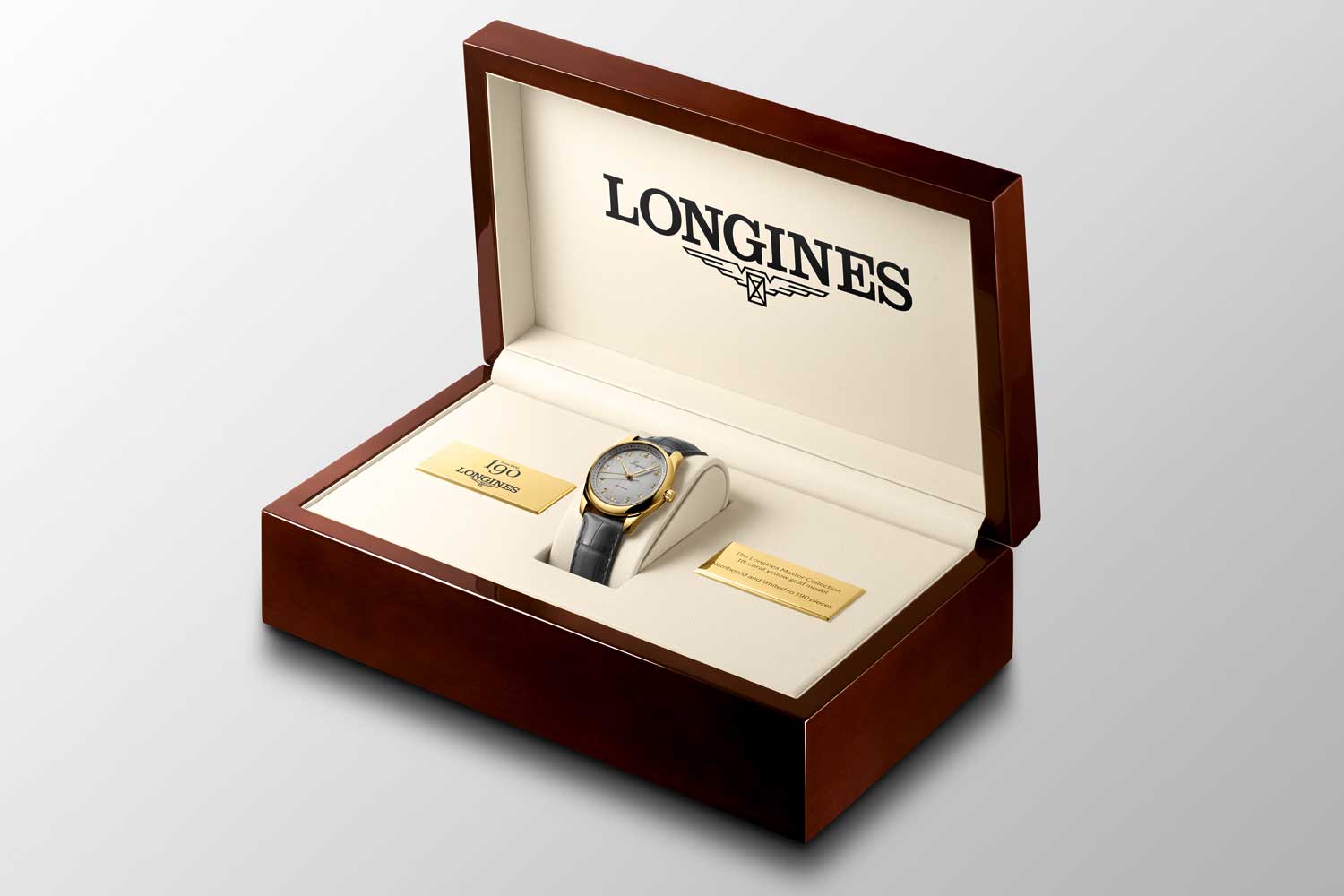
Longines Master Collection 190th Anniversary
Tech Specs
Longines Master Collection 190th Anniversary
Reference: L2.793.4.73.2 (stainless steel); L2.793.6.73.2 (yellow gold); L2.793.8.73.2 (rose gold)
Movement: Self-winding caliber L888; 72-hour power reserve
Functions: Hours, minutes and seconds
Case: 40mm; stainless steel, 18K yellow gold or 18K rose gold; water resistant to 30m
Dial: Silver, gray or anthracite; engraved Arabic numerals
Strap: Anthracite alligator leather
Price: USD 2,400 in steel; USD 12,000 in yellow or rose gold
Availability: Gold versions in limited and numbered editions of 190 pieces each










